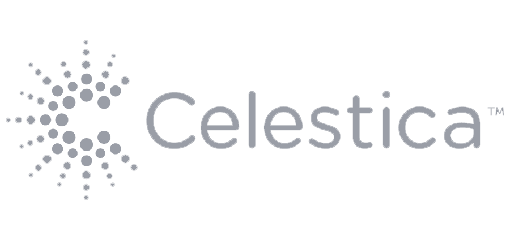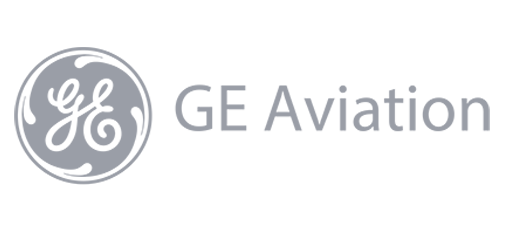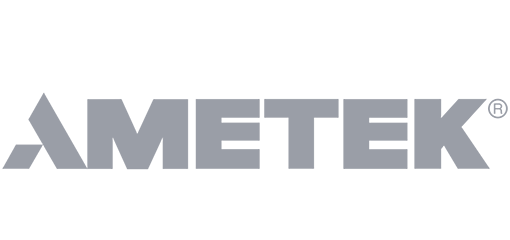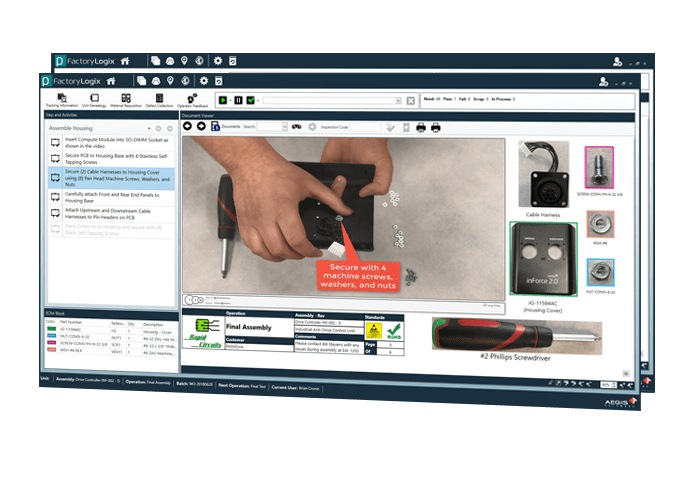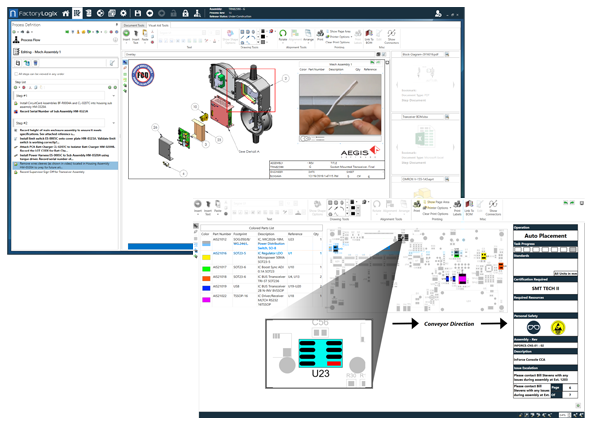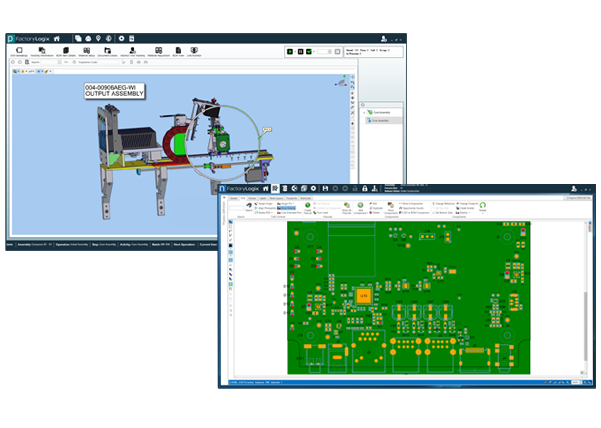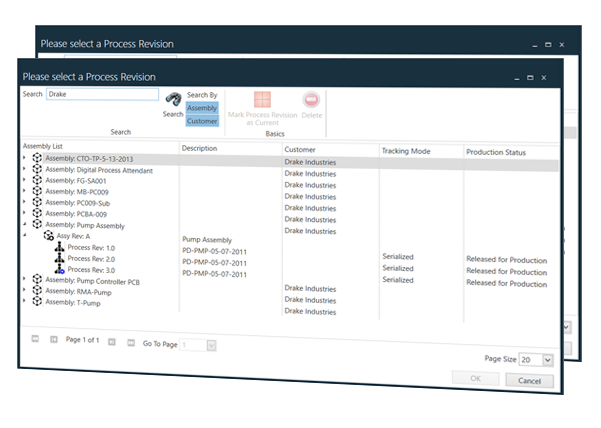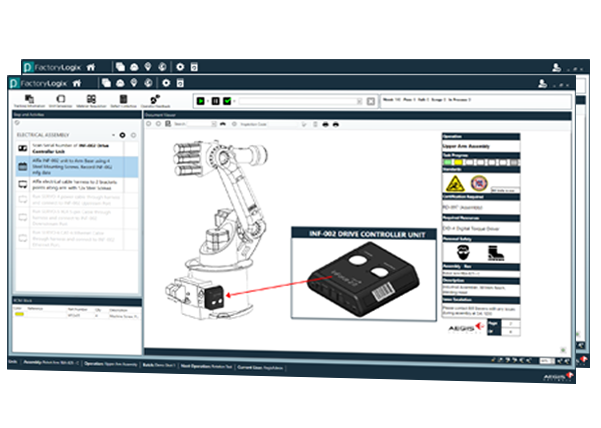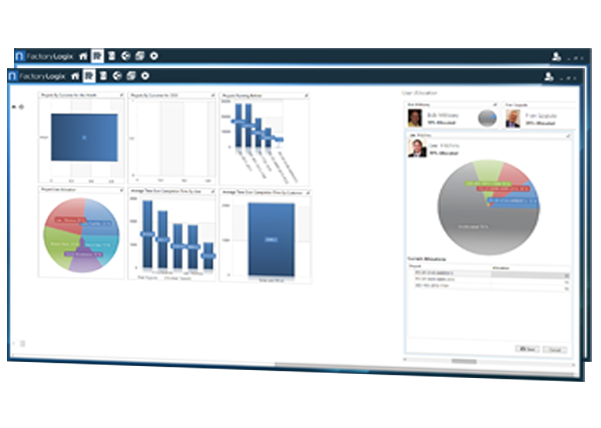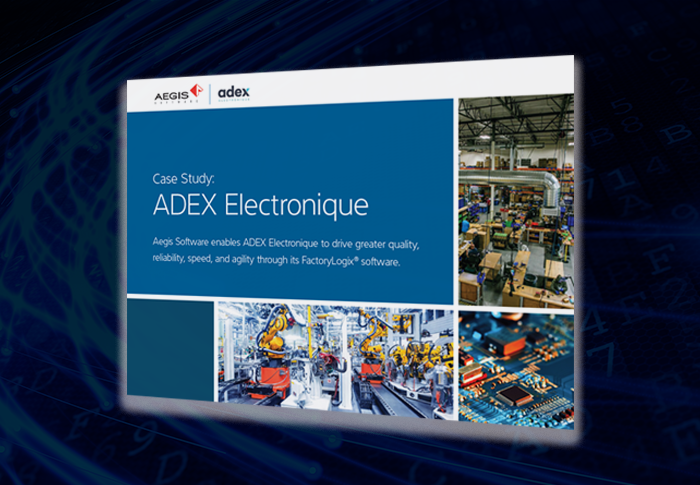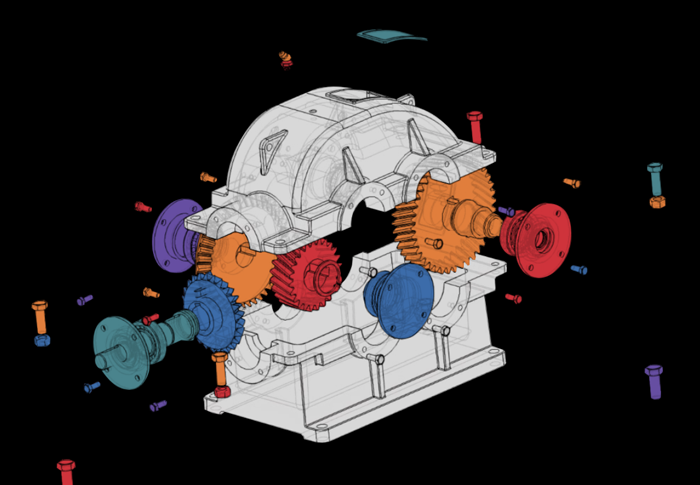Accelerate & Simplify Production Launches
Eliminate mistakes, expedite, and simplify creation of everything needed to begin production, including BOM and CAD cleaning, production route and quality design, and visual work instructions.
Drive New Business Opportunities
Our manufacturing engineering software offers all the capabilities you need to ensure you improve your product time-to-market and success rates, ultimately enabling overall product innovation performance to drive revenues.
Standardize and Automate Best Practices
Easily automate single-piece flow, Engineer-to-Order (ETO), and Configure-to-Order (CTO) processes and reroutes while dynamically ensuring all documentation, revisions and instructions are up to date.
Streamline Data Preparation, Work Instruction Authoring, and Operator Enablement for Growth
Improve Customer Value and Satisfaction
Avoid Unexpected Costs
Accelerate Growth Opportunity
Eliminate Manual Errors
Eliminate Waste & Duplication
Hit Product Launch Dates Consistently
Some other clients we’ve helped
